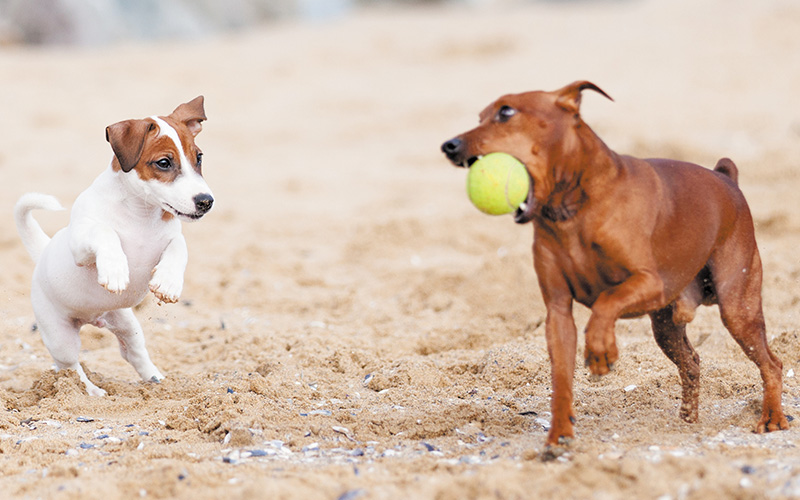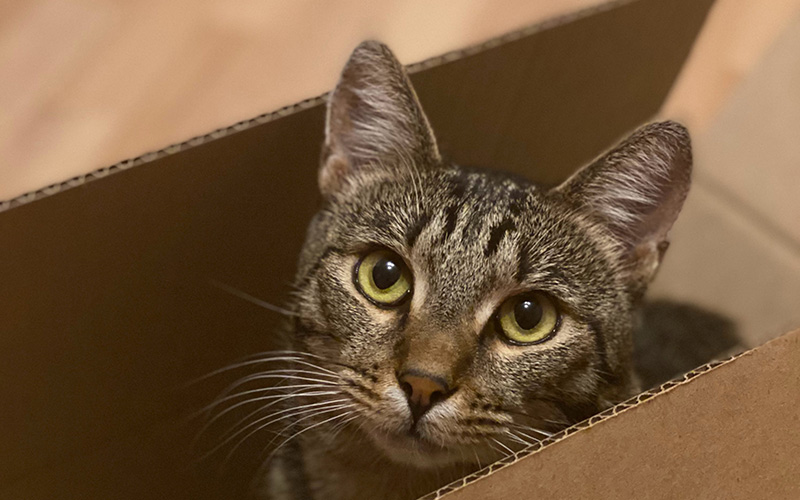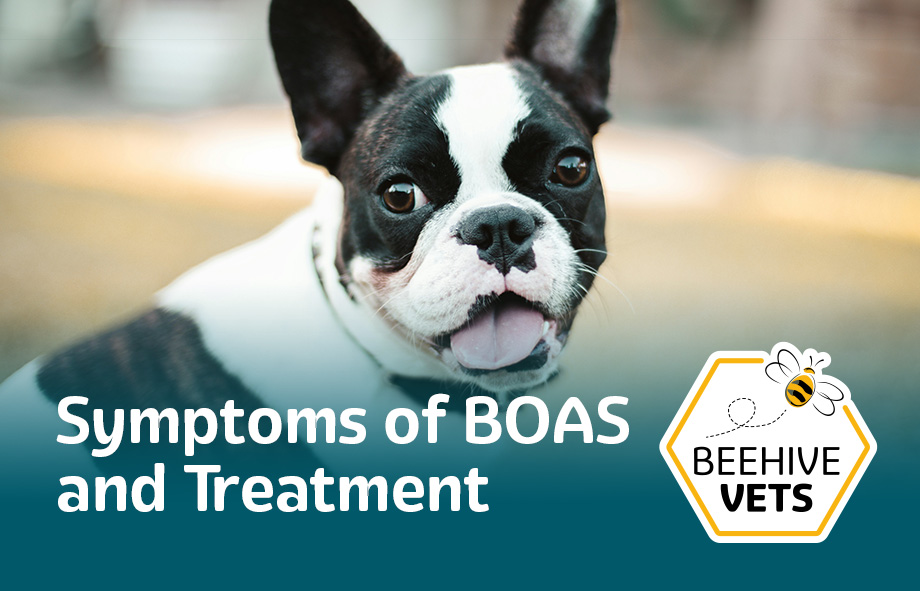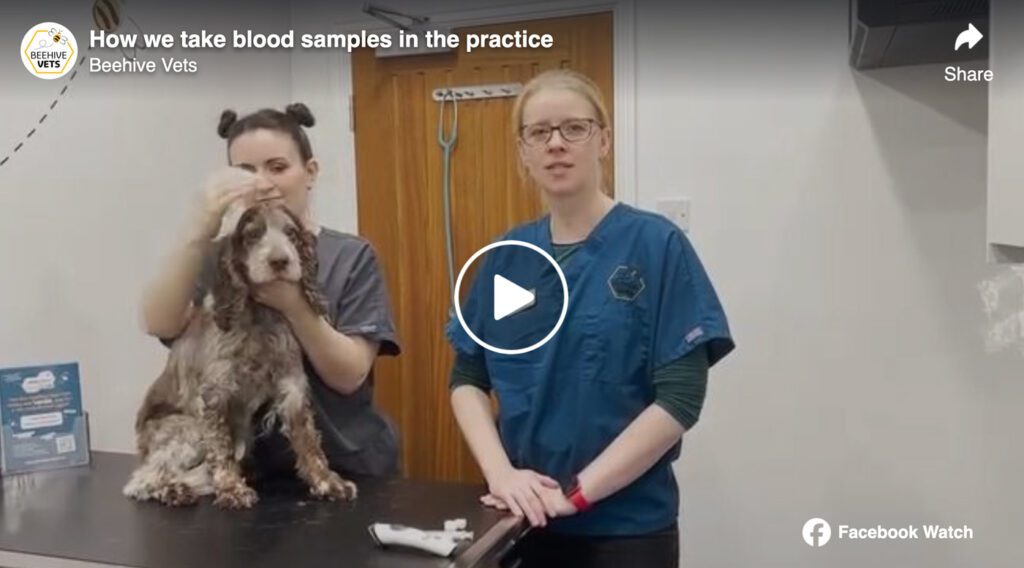Running around, moving, and exploring is an instinctive part of a cat and dog’s life, and is fundamental to their physical – and mental – wellbeing. It keeps them in shape, maintains muscle tone and regular activity means they’re less likely to suffer from behavioural issues, obesity, and arthritis.
But how do we know if our pets are getting enough exercise? And how do you even START exercising a cat?

Exercising Dogs
When it comes to dogs, the amount of daily exercise they need depends largely on their size and breed, age, and health. Within these categories there are also personality variations – just like humans, some dogs are more energetic than others and have more excitement to burn off!
As a rule, dogs should be able to run and play freely for between 30 minutes to two hours, spread across two walks a day. Smaller breeds such as chihuahuas and miniature dachshunds need the least with Retrievers, Labradors and Weimaraner’s (generally working dogs) needing the most. Flat-faced breeds such as Pugs and Bulldogs need as much exercise as other dogs but can sometimes struggle to breathe due to the shape of their face. If this is the case, you could try shorter but more frequent, less intensive sessions.
Exercising Puppies
Puppies – no matter what breed – need to slowly build up to their exercise requirements to protect their joints. As your dog becomes a senior, the same might need to happen in reverse as you keep a careful eye on their joint health and stamina. Just go at their pace and don’t force them to exercise for longer than they’re comfortable doing so.
Exercising Cats
Cats are a different animal! They do usually look after their own needs, but if you have an indoor cat or if they would benefit from shedding a few pounds or working on mobility, then a twenty-minute interactive play session once a day is an excellent starting point. You can gradually increase the frequency of these if they’re tolerated, and they can do wonders.
What counts as exercise for dogs?
It doesn’t have to be a walk with your dog around your usual haunts which can get a bit dull for both you AND your dog. Routine exercise times are good as it makes it habitual, but keeping things varied is a great way to keep them mentally as well as physically stimulated. A few great things to chuck into mental and physical mix are:
- Swimming
- Agility – you could join a local club or try setting up your own course in the garden or park!
- Running or cycling – the dog running alongside you. Cycling is not a canine strong point
- Training
- Play

What counts as exercise for cats?
For cats, anything that plays to their instincts to stalk, pounce and chase is good. They will be more likely to engage with this type of play, and it will bring out their hunting skills. Anything counts as exercise if it’s an outlet for their predatory instincts, and will help keep them fit, healthy and mentally stimulated. This mental element of play is key to preventing depression and boredom, and as in humans these can lead to other health and behavioural problems further down the line.
Ideas for cat-centred exercise play include:
- Cat trees that have spots where they can bat at hanging toys, climb through holes, sit on raised platforms and posts they can scratch, which helps tone the muscles in their shoulders and back.
- Laser toys that are hand-held or floor based. Cats love chasing a light around! Just make sure it’s built for purpose and sold with this use in mind
- Catnip toys are great for hunting games. These can be led by your cat or they can be tied onto a stick with string and waved around in front of them
- Puzzles where a ball is chased through a tunnel with their paws
- Feeding mazes
- Empty boxes they can jump in and out of
- You can even buy cat treadmills now! But these are quite expensive, and cats are by nature very fickle and will do exactly what they want to do and nothing else. So, check the returns policy on more costly solutions

What if my pet has physical or behavioural issues?
If your dog or cat has an injury or has been unwell, then rest is important to recovery, and they will benefit from less daily exercise during this time. It’s important that they don’t become bored though, so try to find other ways to keep them stimulated. Gentle dog walks on a lead so they can still sniff around, hunting for their food or food mazes for cats or dogs, and indoor games with toys are all good ways to entertain them. If your dog likes swimming, then this can be a great option as it’s low impact.
We’ve specifically developed the HEALTHY HIVE CLUB to make it simple for you to look after your pet. Get access to our advice and guidance on behaviour and training, as well as UNLIMITED consultations and much more.
Keep it safe as well as healthy! 5 top tips for safe exercising:
1. Watch the weather.
If it’s very hot, take your dog out during the cooler hours to reduce the risk of heatstroke, and take water and a bowl with you. During the winter be aware of how cold your dog gets and put them in a high-visibility collar or jacket on dull and dark days.
2. Keep an eye on their fitness.
If they’re struggling in ways they didn’t used to, pop in for a check-up with a vet just to make sure there aren’t any underlying issues. Always go at their pace and don’t rush into intense exercise faster than they can cope with. As with us, fitness takes time and work to improve!
3. Play with toys that are pet-safe.
Mouth and throat injuries caused by splintering sticks and animal bones are very common, and small balls can be a choking hazard. Make sure the toy they’re playing with is suitable for your pet and for their size. We sell a range of toys in the practice and are always happy to advise on fun things suitable for your pet’s needs.
4. Keep up-to-date with vaccinations and parasite control.
Diseases that we routinely vaccinate against are still around in this country, and not everyone vaccinate. These diseases are protected against for a reason – because they can cause life-long problems and sometimes death. Viruses and bacteria can survive for a long time in the right conditions, so it’s important that you keep your pets safe. Worms, ticks and fleas can also be picked up whilst out and brought into the house by us, so not even house cats are safe. These parasites are much easier to prevent than deal with!
5. Be a good citizen.
Always take a lead and poo bags when you take your dog out. If dogs need to be on a lead in certain areas, there will be a reason for it such as livestock, traffic or family-friendly designated areas. When in an area where dogs can roam free, but you spot a dog with a lead on or vest, put yours on a lead too. This isn’t just polite but also avoids confrontation, upset or fighting with a potentially aggressive counterpart. Clear up the poop.
Not only are you likely to face a hefty fine if caught leaving it, no one wants to step in poo and have it stuck to their shoes/car/carpets, or have their child fall face-first into it. Yes, it biodegrades, but so do good poo-bags these days.
If you’d like to discuss any health, behavioural or dietary issues with us then click here to book an appointment, click here to find out about all the ways you can contact us.



